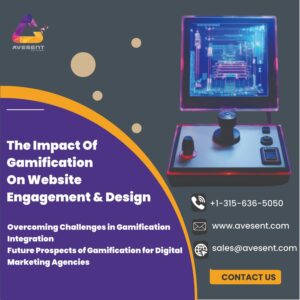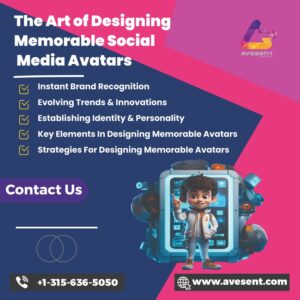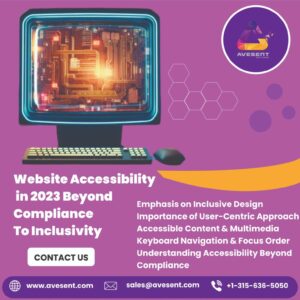The Psychology of Web Design: Shaping User Behavior for Conversions in India’s Digital Marketing Scene
In the realm of digital marketing, web design isn’t just about aesthetics; it’s a powerful tool that influences user behavior and drives conversions. Understanding the psychology behind web design is crucial for digital marketing agencies in India aiming to create compelling and effective online experiences. Let’s explore how web design psychology shapes user behavior and fosters conversions.
Psychology in Web Design
1. Visual Hierarchy and User Attention
Strategic use of visual hierarchy directs users’ attention to specific elements on a webpage. Digital marketing agencies in India leverage this psychology by highlighting key information, CTAs (Call to Actions), and important content, guiding users towards desired actions.
2. Color Psychology and Emotional Impact
Colors evoke emotions and perceptions. Designers use color psychology to convey brand personality and influence user emotions. Understanding cultural nuances in color preferences in India is crucial for agencies to evoke the intended emotional responses from their audience.
3. Typography and Readability
Typography affects readability and user comprehension. Digital marketing agencies in India meticulously select fonts and typography styles that align with brand identity and enhance readability, ensuring users can easily consume and engage with content.
Influencing User Behavior
1. Persuasive Design Elements
Strategically placed persuasive elements, such as testimonials, reviews, and trust badges, instill confidence in users. Incorporating social proof and credibility-boosting elements influences user behavior positively, fostering trust and encouraging conversions.
2. Use of White Space and Simplicity
White space declutters designs and improves comprehension. Digital marketing agencies in India understand that well-utilized white space enhances user focus, guiding them towards essential elements and reducing cognitive load, thereby increasing the likelihood of conversions.
3. Creating a Sense of Urgency
Designing elements that create a sense of urgency, such as limited-time offers or countdown timers, prompts users to take immediate action. Implementing these elements strategically nudges users towards making decisions swiftly, driving conversions.
Psychology-Driven Design for Conversions
1. Effective Information Architecture
Logical and intuitive information architecture guides users through a seamless journey. Digital marketing agencies in India structure websites with clear navigation and intuitive layouts, enabling users to find information effortlessly, thus encouraging conversions.
2. Behavioral Triggers and CTAs
Crafting compelling CTAs that align with user intent prompts action. Utilizing behavioral triggers, like FOMO (Fear of Missing Out) or solution-oriented CTAs, encourages users to convert, maximizing the impact of design on conversions.
3. Personalization and User-Centric Design
Tailoring user experiences based on preferences and behavior enhances engagement. Digital marketing agencies in India employ personalized design elements that resonate with users, creating a sense of connection and prompting conversions.
Measuring Success and Iterative Improvement
1. Data-Driven Optimization
Regularly analyzing user behavior through analytics informs design improvements. Agencies track metrics like bounce rates, time on page, and conversion rates, using insights to refine design strategies and maximize conversions.
2. A/B Testing and Iteration
A/B testing different design elements allows agencies to identify what resonates best with users. Continuous iteration based on test results enables improvements that positively impact user behavior and conversions.
Conclusion
For digital marketing agencies in India, leveraging web design psychology isn’t just about aesthetics; it’s about crafting user experiences that guide behaviors and drive conversions. By understanding the psychological principles behind design elements, employing persuasive strategies, and continually refining based on user data, these agencies can create websites that resonate deeply with their audience, fostering increased engagement and conversions.




